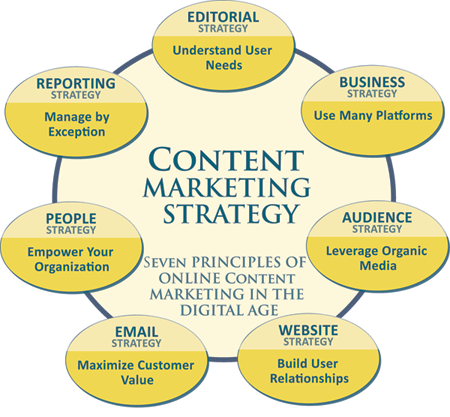Trading Options, Strategies, and Tools!
If you were asked whether you would like to make money on your own terms, working your own hours, and get to work anywhere and anytime, it seems safe to say you would accept those terms. Well, this is possible through investing.
What type of job is it?
Investing is making favorable trades. This is simply saying you will earn more than you spend and thus be profitable. Around fifty years ago, you could only trade if you were standing close to your broker and developing plans daily. Now, however, if you have an e-mail, bank account, some capital and a basic understanding of the market, you are ready!
What routes are there?
Before you decide to jump into this industry head-first, you must learn different types of trades that exist. To find what best suits you, know the answers to these questions:
- Do you like risk?
- Do you want

